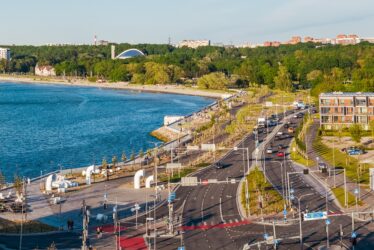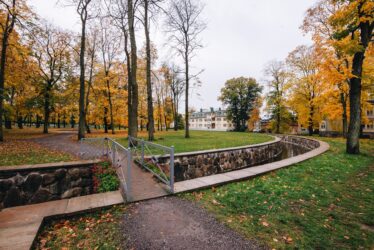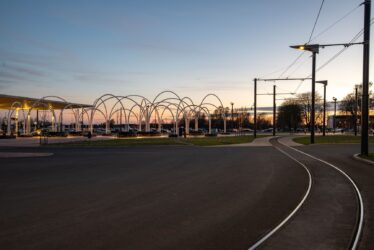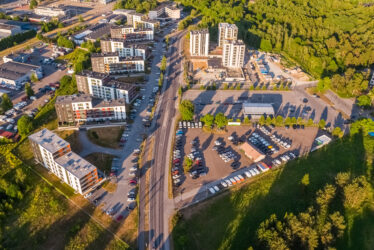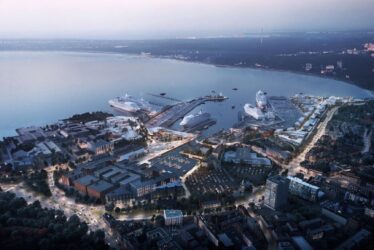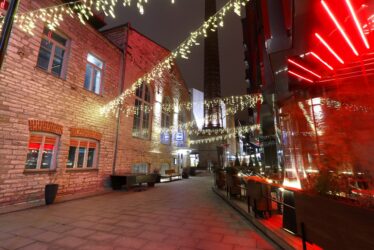Street lighting for seven towns
Given that, until recently, several small Estonian towns still used Soviet-era street lighting systems, which were rather energy-intensive and had deteriorated noticeably, the Ministry of Economic Affairs and Communications together with the Ministry of the Environment decided in 2012 to launch a street lighting development project. The goal was to modernise the street lighting systems of Estonian towns and make them more energy-efficient by adopting economical LED luminaires. In the context of modern technological capabilities, the street lighting solutions were designed in a comprehensive manner, also including, for example, lighting fixtures at pedestrian crossings, and interfaced with an intelligent control system. By the autumn of 2015, the majority of the street lighting infrastructure of the cities that participated in the project – Jõhvi, Kuressaare, Valga, Võru, Haapsalu, Keila, and Paide – were modernised, which included replacing a large number of deteriorated cable lines and lighting poles, as well as a total of approximately 11,250 luminaires. The cost of the project was 16.9 million euros, which was primarily financed by the Environmental Investment Centre from revenue received from sales of CO2 emission allowances. The construction design documentation prepared by K-Projekt covered matters related to lighting engineering and heavy-current installations.
Galerii














